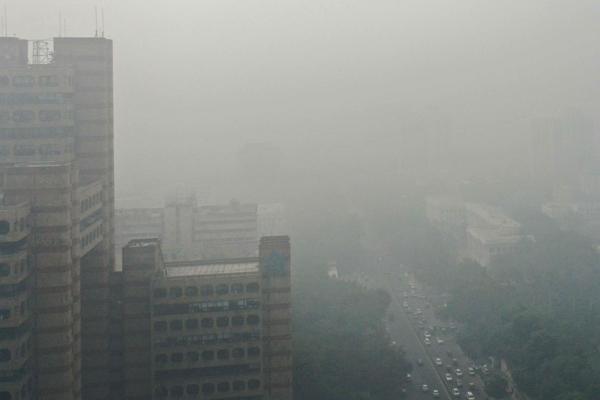Toxic smog smothering India's capital smashes WHO limit
NEW DELHI


Residents of India's capital New Delhi choked in a blanketing toxic smog on Nov. 13 as worsening air pollution surged past 50 times the World Health Organization’s (WHO) recommended daily maximum.
Many in the city cannot afford air filters, nor do they have homes they can effectively seal from the misery of foul smelling air blamed for thousands of premature deaths.
Cooler temperatures and slow-moving winds trap deadly pollutants each winter, stretching from mid-October until at least January.
At dawn yesterday, "hazardous" pollutant levels in parts of the sprawling urban area of more than 30 million people topped 806 micrograms per cubic meter, according to monitoring firm IQAir.
That is more than 53 times WHO recommended daily maximum of fine particulate matter, dangerous cancer-causing microparticles known as PM2.5 pollutants that enter the bloodstream through the lungs.
By midday, when air usually is at its best, it eased to about 25-35 times above danger levels, depending on different districts.
The city is blanketed in acrid smog each year, primarily blamed on stubble burning by farmers in neighboring regions to clear their fields for ploughing, as well as factories and traffic fumes.
But a report by The New York Times this month, based on air and soil samples it collected over five years, revealed the dangerous fumes also spewing from a power plant incinerating the city's landfill garbage mountains.
